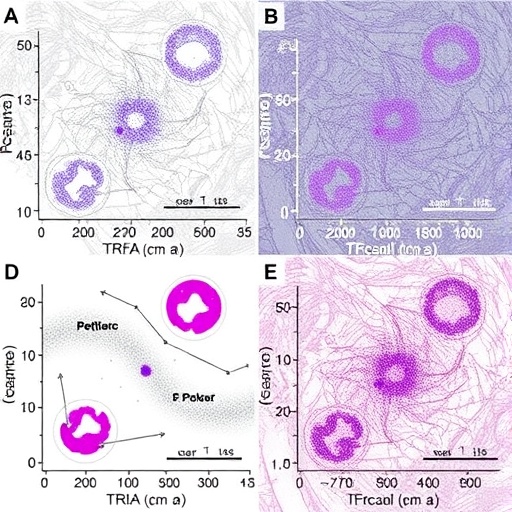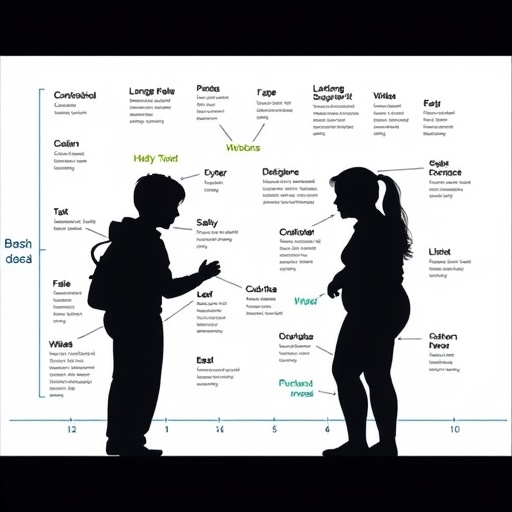Ann Arbor, MI, March 22, 2017 – Discovery of the BRCA genetic mutation in the mid-90s represented a breakthrough in breast and ovarian cancer prevention. About 5-10% of breast cancer cases and 10-18% of ovarian cancer cases can be attributed to two BRCA mutations. Testing for these genetic abnormalities has risen steadily over the past decade. Previously, mainly women with a history of cancer were referred for genetic testing, but as awareness has grown, more low-risk women are undergoing BRCA testing. A new study in the American Journal of Preventive Medicine found that the proportion of women without a history of cancer who underwent BRCA testing rose sharply from 24.3% in 2004 to 61.5% in 2014.
"It is estimated that 60%-80% of patients referred for genetic counseling and testing do not meet the referral requirement based on family history. To optimize the infrastructure and medical resources allocated for genetic testing, it is important to understand the current use of BRCA mutation testing in the U.S. health system," commented lead investigator Fangjian Guo, MD, PhD, Assistant Professor, Department of Obstetrics and Gynecology, Center for Interdisciplinary Research in Women's Health, the University of Texas Medical Branch.
BRCA testing is groundbreaking because it can allow for very early screening and prophylactic treatments that can save lives. In this study, investigators found that BRCA testing has shifted from mainly breast or ovarian cancer patients and individuals at high risk to unaffected women. Although it has been recommended by the U.S. Preventive Services Task Force (USPSTF) since 2005 for women with a family history of breast and/or ovarian cancer, BRCA testing has been underutilized, especially among at-risk populations. According to current data, it is estimated that only 30% of breast cancer survivors with the BRCA mutation have been identified, and that number drops significantly to 10% for asymptomatic BRCA carriers.
In 2004, about 75% of women undergoing BRCA testing had a history of cancer, but by 2014, that number had dropped to approximately 40% of the total. "Currently, many women who do get tested are actually low risk and do not have any personal or family history of breast or ovarian cancer. With low-cost genetic testing ($200 or $300, roughly the price of a three-dimensional mammogram) available, even more unaffected individuals and cancer patients may choose to receive these tests even when they have to pay out of pocket," explained Dr. Guo.
Over the past decade, widespread direct to consumer marketing for genetic tests has raised consumers' interest in BRCA testing, and increased women's self-referrals and referrals by their physicians to genetic services even when they are at low risk for mutations. According to Dr. Guo, "This may be the driving force for the shift in the role of BRCA testing during [the] last decade. However, this may not necessarily translate into a great improvement in identifying mutation carriers, as many of the tests are performed in women who do not carry harmful BRCA mutations. Policymakers may need to take this into consideration to promote proper use of the test and maximize the detection of mutation carriers."
Along with marketing and an increased awareness among patients and practitioners about the BRCA mutation, other mechanisms may have played a role in boosting the number of women getting tested. The Affordable Care Act, for example, mandates coverage for preventive services that are recommended by USPSTF, including BRCA testing. Also, the 2013 Supreme Court ruling against Myriad Genetics and their patent claim over the gene loosened the grip on who could perform BRCA testing, making it more affordable.
Despite the increase of BRCA testing, many high-risk women remain unidentified, while more and more low-risk women undergo screening. "Next-generation sequencing technologies are dramatically reducing costs for genetic testing and sequencing. However, current guidelines and clinical practice fail to efficiently identify women who carry harmful BRCA mutations. Effective testing strategies need to be identified that promote equitable distribution and rational use of BRCA testing and maximize the detection of mutation carriers," concluded Dr. Guo.
###
Media Contact
Jillian B. Morgan
[email protected]
734-936-1590
@elseviernews
https://www.elsevier.com/
############
Story Source: Materials provided by Scienmag




